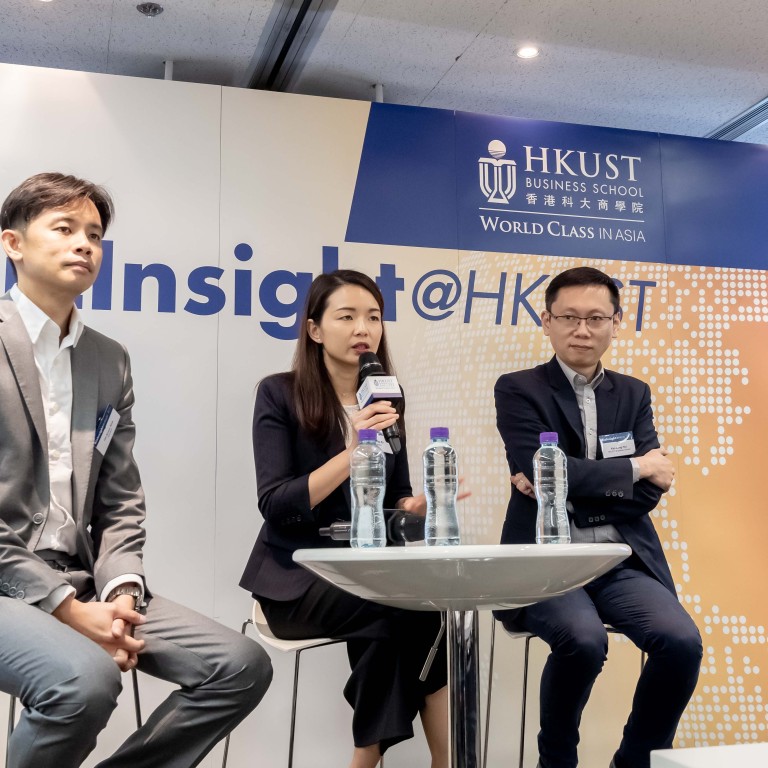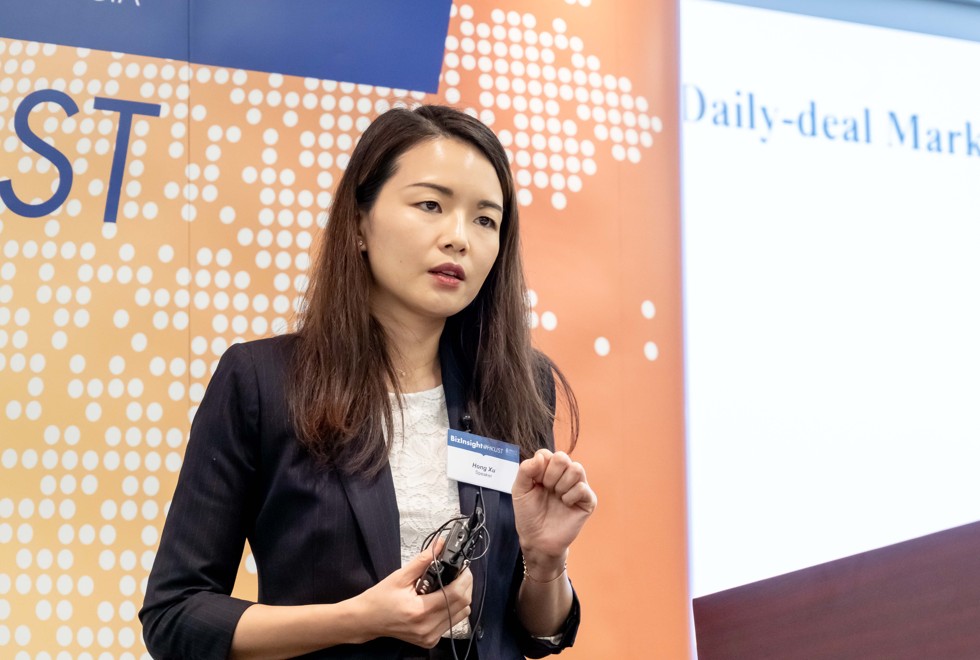
Attracting Consumers in the Online World
The rise of e-commerce and the digital environment has radically changed shopping habits, opening up a whole new world of choice, convenience and cost comparison for online consumers.
At the same time, those developments have had a fundamental impact on sales and marketing tactics, with companies using new ways to catch the eye of potential buyers and devising innovative campaigns to spread the word about their products and services.
[Sponsored article]
The rise of e-commerce and the digital environment has radically changed shopping habits, opening up a whole new world of choice, convenience and cost comparison for online consumers. At the same time, those developments have had a fundamental impact on sales and marketing tactics, with companies using new ways to catch the eye of potential buyers and devising innovative campaigns to spread the word about their products and services.
At the same time, those developments have had a fundamental impact on sales and marketing tactics, with companies using new ways to catch the eye of potential buyers and devising innovative campaigns to spread the word about their products and services.
It is immediately obvious that online information plays an ever more important role in influencing consumer perceptions and decisions about what to buy.
We are interested in how and why consumers share ads on their own social media accounts. There are things marketers can do or engineer ‘correctly’ to increase the likelihood of a campaign achieving a massive scale.
But in his presentation, Koh Tat-koon, Assistant Professor in the Department of Information Systems, Business Statistics and Operations Management, took a closer look at the science behind the art of viral marketing on social media.
For any company using this approach, the basic goal is to increase brand or product exposure by reaching as large an audience as possible. However, viral marketing campaigns often fail to hit the target, no matter how cleverly conceived, so Koh outlined some of the strategies that typically contribute to success and showed where things could go wrong.
“In terms of viral marketing, we are interested in how and why consumers share ads on their own social media accounts,” he said. “There is some randomness involved, but there are also things marketers can do or engineer ‘correctly’ to increase the likelihood of a campaign achieving a massive scale.”
One key factor needed to foster “pass along” appeal on social media is storytelling. To encourage sharing, it is also important for companies to make their ad less like a standard advertisement by reducing the “persuasion” aspect. Instead, they should aim to include something unusual, extraordinary or worthy of attention, which can motivate viewers to share the content and, by doing so, create a good impression about themselves.
“We tend to share videos when we feel emotional about certain things,” Koh said. “So, companies should focus on evoking strong feelings, whether with positive storylines which are exciting or amusing or, as with many non-profits, by inspiring negative emotions like sadness and anxiety, which make people want to take action.”
Another aspect in any viral marketing campaign is “seeding”. That is to getting key influencers, or opinion leaders, with a notable social media following to “like” your message. For instance, a local Instagram star with around 30,000 followers can kick start a campaign, improve reach, and increase cost effectiveness.
Koh noted that marketers should also think carefully about where their target audiences are “socialising” online. The platforms can include discussion forums, blogs, gaming, review sites and more. Therefore, any market segmentation should identify different types of social media consumers, from fact finders and contributors to deal hunters and professional networkers. “
For a viral marketing campaign, we can plan some things, but there are also creative, artistic elements,” he said. “You need both to be effective.”
Considering a different aspect of online commerce, Xu Hong, Associate Professor at HKUST Business School, spoke about daily- deal platforms like Groupon and LivingSocial and how to design price promotions that work for both merchants and customers.
The basic aim of such platforms is to attract customers via generous discounts, while making it easy for prospective buyers to explore a wide range of products and services.
However, as Xu explained, the strategies used in designing price promotions and, in particular, the information made available don’t necessarily give the intended results. In fact, it turns out that merchant discounts offered online, whether for restaurants, travel, beauty or medical services, may not bring short-term spike in sales.
“When buying online, consumers look for credible signals of quality, and price is often viewed as positive signal of quality,” she said. “Online buyers are very concerned about product quality because of information asymmetry - sellers know more than buyers – and that leads to reluctance in transactions . We tested this empirically and found that deeper discounts actually lower daily-deal sales – the effect is causal.”
Simply put, if a photography course, say, is offered at a 96 per cent discount, online consumers are more likely to sense something suspicious than to sign up. They may assume the service is of low quality given the heavy discount and the inherent uncertainty in this transaction.Therefore, their first inclination is to hold back.
“The implications are that platforms should discourage excessive discounting and reduce information asymmetry by facilitating communications between merchants and consumers through discussion forums and third-party reviews. In the meantime, merchants should use volume-based discounts to capitalise better on the positive influence of a good accumulated base of buyers” Xu said. “The key of effective price promotion is to bridge the information gap between the transacting parties.”


